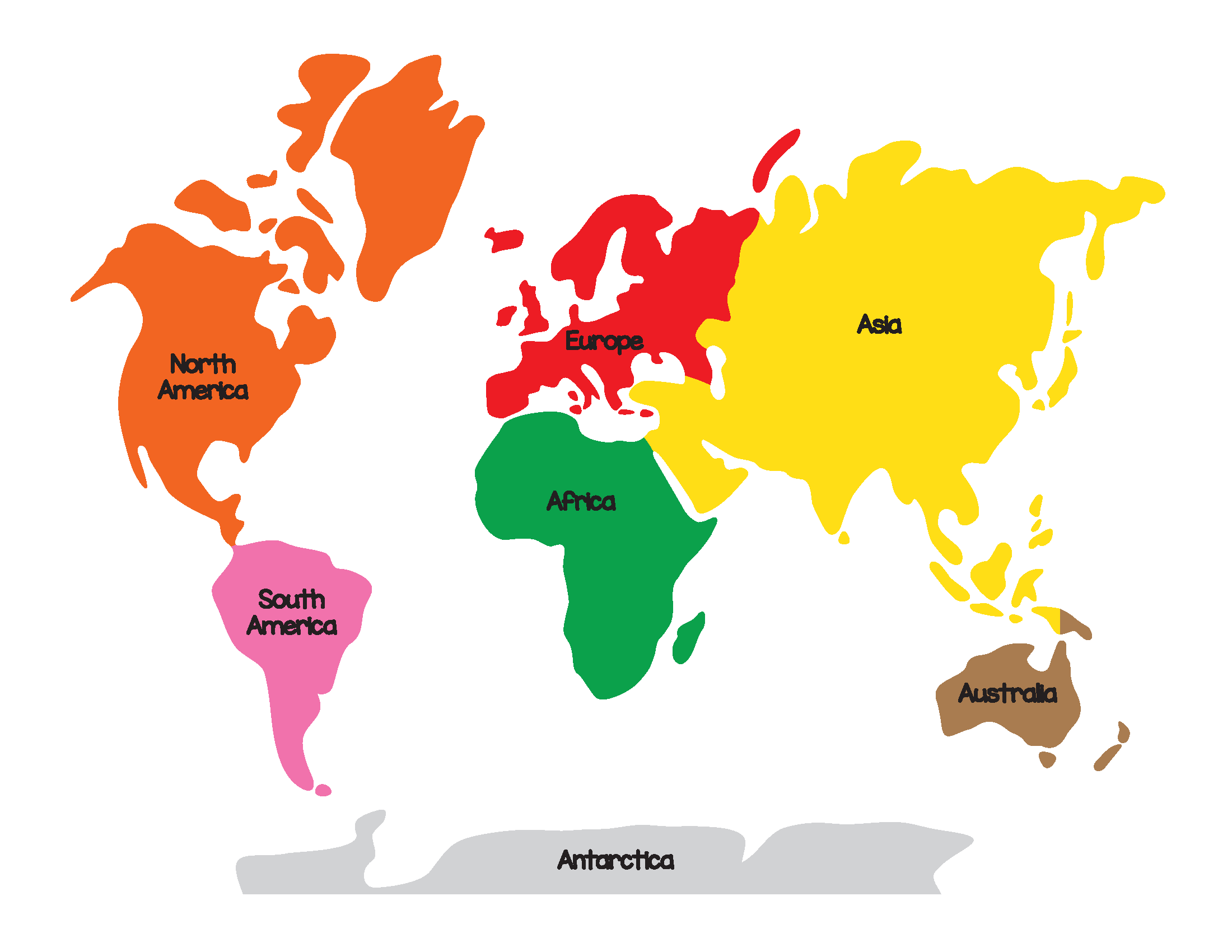In today’s globalized world, it is more important than ever to understand the geography of our planet. As we seek to understand different cultures and navigate a world that grows ever more interconnected, having a strong foundation in geography is essential.
Exploring the World Map
 One of the most fundamental aspects of geography is the world map. It provides a visual representation of our planet and the relationships between different countries, continents, and oceans. The world map is a crucial tool for exploring different regions, identifying geographical landmarks, and understanding how our planet is connected.
One of the most fundamental aspects of geography is the world map. It provides a visual representation of our planet and the relationships between different countries, continents, and oceans. The world map is a crucial tool for exploring different regions, identifying geographical landmarks, and understanding how our planet is connected.
Continents and Oceans
 Another essential aspect of geography is understanding the continents and oceans. This knowledge is critical for understanding the locations of different countries and their relationships to one another, as well as for understanding the history and culture of different regions.
Another essential aspect of geography is understanding the continents and oceans. This knowledge is critical for understanding the locations of different countries and their relationships to one another, as well as for understanding the history and culture of different regions.
Physical Geography
 Physical geography focuses on the physical features of the Earth’s surface, such as mountains, rivers, and deserts. It seeks to understand the natural processes that have shaped our planet and the ecosystems that exist within it. This knowledge is crucial for understanding the impact of climate change, the distribution of natural resources, and the environmental challenges facing our planet.
Physical geography focuses on the physical features of the Earth’s surface, such as mountains, rivers, and deserts. It seeks to understand the natural processes that have shaped our planet and the ecosystems that exist within it. This knowledge is crucial for understanding the impact of climate change, the distribution of natural resources, and the environmental challenges facing our planet.
Human Geography
 Human geography, on the other hand, focuses on the relationship between humans and the Earth’s surface. It explores topics such as population growth, migration patterns, and urbanization. This knowledge is key to understanding the social, economic, and political forces that shape our world and the challenges that communities face both locally and globally.
Human geography, on the other hand, focuses on the relationship between humans and the Earth’s surface. It explores topics such as population growth, migration patterns, and urbanization. This knowledge is key to understanding the social, economic, and political forces that shape our world and the challenges that communities face both locally and globally.
Cultural Geography
 Cultural geography focuses on the interaction between human culture and the Earth’s surface. It explores topics such as language, religion, and folklore, as well as the cultural practices and traditions that are unique to different regions. Understanding cultural geography is essential for appreciating the richness and diversity of human experience and embracing cultural differences.
Cultural geography focuses on the interaction between human culture and the Earth’s surface. It explores topics such as language, religion, and folklore, as well as the cultural practices and traditions that are unique to different regions. Understanding cultural geography is essential for appreciating the richness and diversity of human experience and embracing cultural differences.
Geographic Information Systems
 Another critical aspect of geography is geographic information systems (GIS). This technology is used to analyze, visualize, and interpret geographical data. GIS allows users to map and analyze data in ways that are not possible with traditional methods, making it a valuable tool for researchers, policymakers, and decision-makers across a wide range of industries.
Another critical aspect of geography is geographic information systems (GIS). This technology is used to analyze, visualize, and interpret geographical data. GIS allows users to map and analyze data in ways that are not possible with traditional methods, making it a valuable tool for researchers, policymakers, and decision-makers across a wide range of industries.
Conclusion
Geography is a rich and diverse field of study that touches on many different aspects of our world. Learning about the world map, continents, physical and human geography, cultural geography, and geographic information systems is essential for understanding the complex interplay between humans and the Earth’s surface and for navigating the challenges of our globalized world. By embracing the knowledge of geography, we can gain a deeper appreciation for the world around us and work towards creating a more sustainable and equitable future for all.